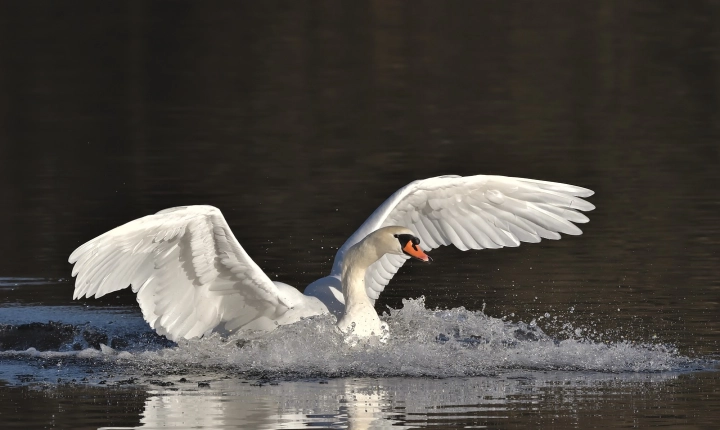Can AI Produce Art?
Art has long been considered a uniquely human endeavor, stemming from creativity, emotion, and individual expression. However, in recent years, the emergence of artificial intelligence (AI) has raised the question of whether machines can also produce art. With advancements in machine learning and neural networks, AI has been able to create visual art, music, literature, and even dance. This has sparked both excitement and controversy within the creative community.
One of the most famous examples of AI-produced art is the painting “Edmond de Belamy” created by the algorithmic art collective Obvious. The piece, which was generated using a type of machine learning called a Generative Adversarial Network (GAN), was sold at auction for over $430,000, raising the profile of AI-generated art and sparking conversations about the value and authenticity of machine-produced work.
Critics argue that AI lacks the emotional depth, lived experience, and human intuition necessary to create authentic art. They believe that true art is rooted in the human condition and the complexities of human emotion, neither of which AI can truly understand. Furthermore, they argue that AI-produced art is derivative, simply mimicking patterns and styles found in existing human art rather than creating something genuinely original.
On the other hand, proponents of AI-generated art argue that innovation and creativity are not exclusive to human beings. They contend that AI has the capacity to analyze vast amounts of data and generate new, innovative forms of artistic expression that humans may never have imagined. Additionally, they argue that AI can serve as a tool for human artists, providing new avenues for exploration and inspiration.
One of the most compelling aspects of AI-generated art is its potential to transcend the limitations of human creativity. For example, Google’s Magenta project has been exploring the use of AI to create new musical compositions, demonstrating the ability of AI to produce complex and original music that may not have been conceived by human composers.
While the question of whether AI can produce art continues to provoke debate, it is clear that AI’s impact on the creative landscape is rapidly increasing. Whether it is in the form of generating visual art, composing music, writing poetry, or even choreographing dance, AI is challenging traditional notions of creativity and expanding the possibilities of artistic expression.
As technology continues to advance, the boundary between human and machine creativity will become increasingly blurred. Whether AI-produced art will be fully accepted and integrated into the art world or whether it will forever remain on the periphery as a novelty is yet to be seen. Nevertheless, it is undeniable that AI is reshaping the artistic landscape and prompting us to reconsider the nature of creativity itself.
